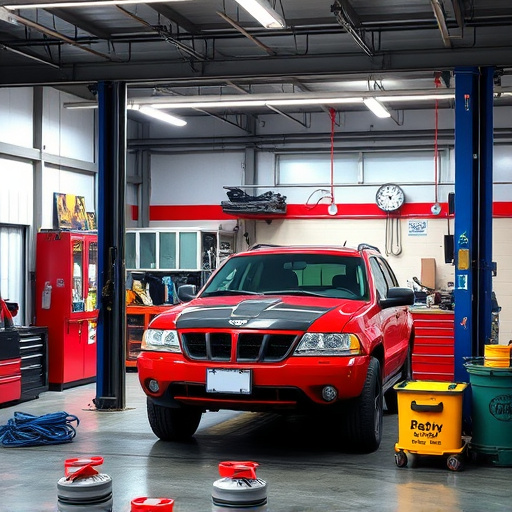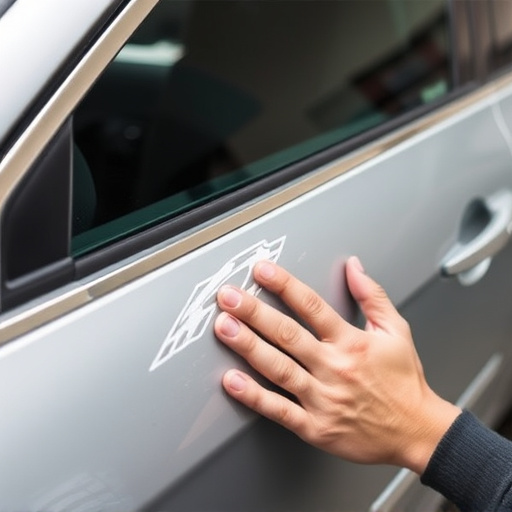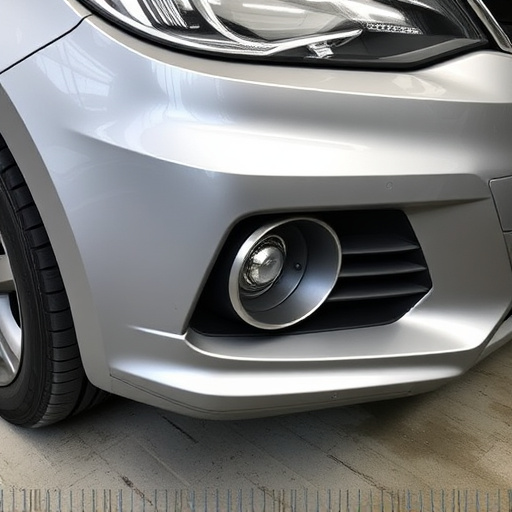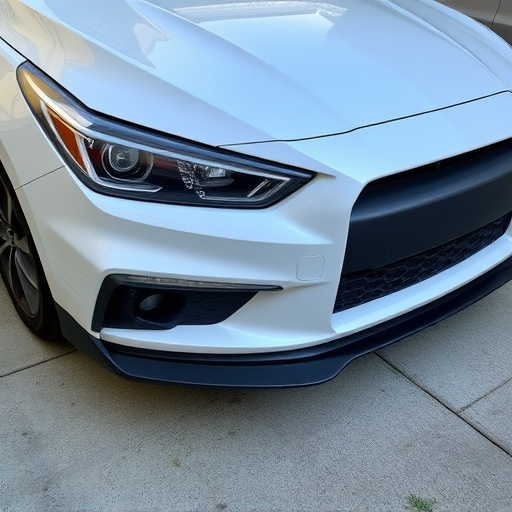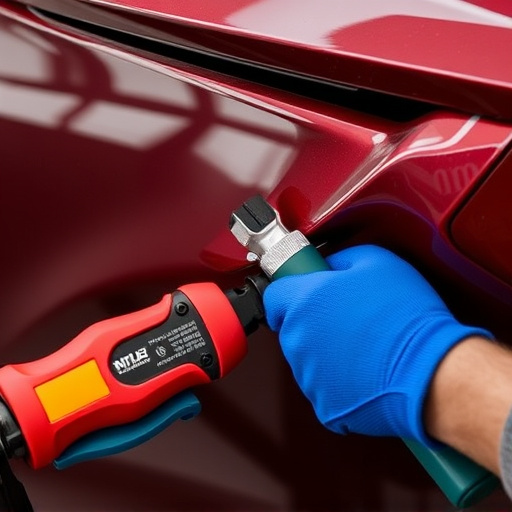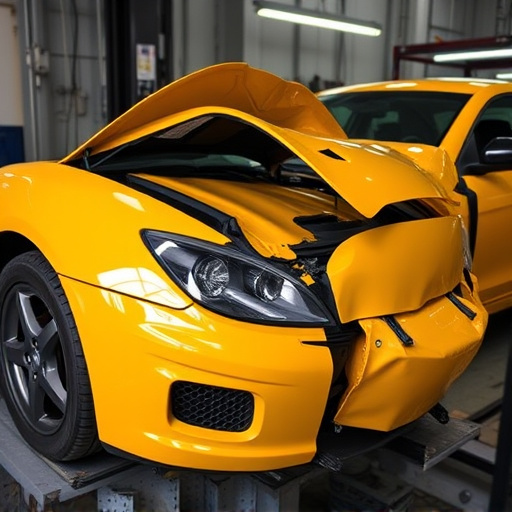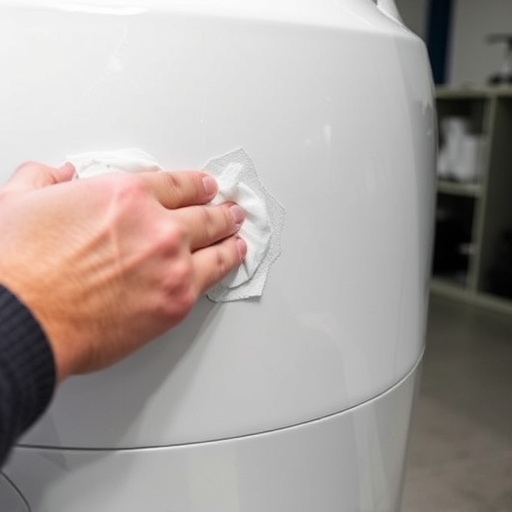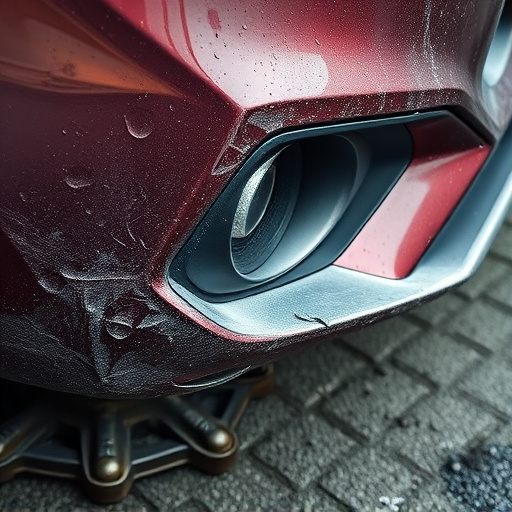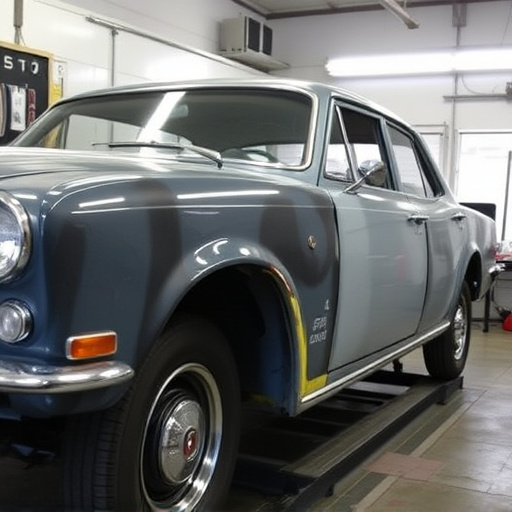Standardization of inspection protocols enhances efficiency in undercarriage inspection repair by ensuring uniform quality and facilitating knowledge sharing among technicians. Digital tracking systems streamline processes, improve communication, and aid in identifying recurring issues for faster repairs and data-driven decision-making. Effective parts inventory management through organized stocks, expiration date tracking, and efficient ordering systems optimizes workflow, reduces downtime, and enhances repair quality, leading to improved customer satisfaction.
Enhancing workflow efficiency in undercarriage inspection repair is vital for maintaining fleet safety and reducing downtime. This article presents three powerful strategies: standardizing inspection protocols ensures consistent quality, implement digital tracking systems streamline record-keeping, and optimizing parts inventory management & ordering accelerates repairs. Adopt these tactics to revolutionize your undercarriage maintenance process, minimizing costs and maximizing operational reliability.
- Standardize Inspection Protocols for Consistency
- Implement Digital Tracking Systems for Efficient Record-Keeping
- Streamline Parts Inventory Management and Ordering
Standardize Inspection Protocols for Consistency

Standardizing inspection protocols is a key strategy to enhance workflow efficiency in undercarriage inspection repair processes. By establishing clear, consistent guidelines and procedures, vehicle body shops can ensure that every undercarriage inspection follows the same meticulous approach. This standardization eliminates variations among technicians, resulting in more accurate assessments and uniform quality standards across all repairs. With standardized protocols in place, the team can work collaboratively, knowing exactly what steps to take for each repair, thereby streamlining the entire process.
Implementing consistent protocols also facilitates training and knowledge sharing among staff. Newer technicians can quickly grasp the inspection process by referencing these detailed protocols, ensuring they meet the same high standards as experienced peers. Moreover, standardizing undercarriage inspection procedures simplifies record-keeping and reporting, making it easier to track repairs, identify recurring issues, and make data-driven decisions for continuous improvement in the vehicle body shop.
Implement Digital Tracking Systems for Efficient Record-Keeping

Implementing digital tracking systems is a game-changer when it comes to streamlining undercarriage inspection repair processes. These innovative tools allow for efficient record-keeping and real-time updates, eliminating the need for cumbersome manual documentation. By digitizing the process, repair centers can easily access historical data on each vehicle, including previous inspections, maintenance records, and any documented repairs. This level of detail is invaluable in identifying recurring issues or patterns that may indicate broader problems within a fleet or specific vehicle models.
Furthermore, digital tracking systems facilitate seamless communication between the inspection team, mechanics, and administrative staff. When an undercarriage damage or issue is identified during an inspection, immediate updates can be sent to the appropriate collision center or dent repair department. This ensures prompt attention and facilitates faster turnaround times for repairs, minimizing downtime for vehicles and potential costs associated with vehicle collision repair. Efficient record-keeping and streamlined communication are key strategies to enhance workflow and overall effectiveness in undercarriage inspection repair.
Streamline Parts Inventory Management and Ordering

Effective parts inventory management is a cornerstone for optimizing undercarriage inspection repair processes. Auto repair shops should aim to maintain a well-organized and up-to-date stock of common replacement parts specific to undercarriage systems. This involves creating a detailed catalog, tracking part expiration dates, and ensuring easy accessibility. Implementing efficient ordering systems that integrate with manufacturer databases or industry-specific platforms can automate the process, reducing human error and minimizing downtime during repairs. By streamlining inventory, automotive repair services can significantly enhance their efficiency in addressing various car bodywork services related to undercarriage inspection and repair.
Moreover, leveraging digital tools for parts management allows mechanics to quickly identify suitable replacements, compare prices from different suppliers, and place orders with just a few clicks. This streamlined approach not only saves time but also enhances the accuracy of part selection, thereby improving the overall quality of car repair shop operations. Ultimately, efficient parts inventory management contributes to faster turnaround times and better customer satisfaction in undercarriage inspection repair services.
By standardizing inspection protocols, implementing digital tracking systems, and streamlining parts inventory management and ordering, workshops can significantly enhance the efficiency of their undercarriage inspection repair processes. These strategies not only ensure consistency and accurate record-keeping but also optimize resource allocation, leading to faster turnaround times and improved customer satisfaction in the undercarriage inspection repair domain.

